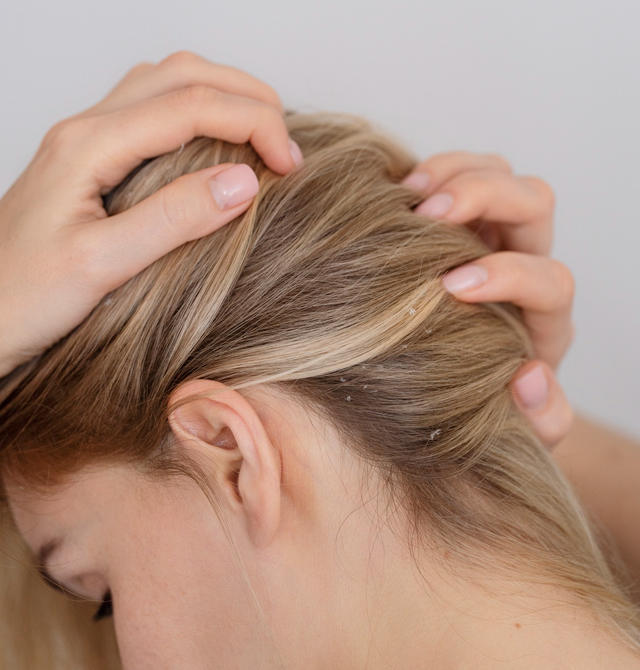Understanding Alopecia Areata
Alopecia areata is an autoimmune disorder where the immune system mistakenly attacks hair follicles, leading to hair loss. This condition can affect any area of the body that has hair, including the scalp, face, and other body parts. Hair loss is typically patchy and can vary in severity.


Types of Alopecia Areata:
Patchy Alopecia Areata
The most common form, characterized by one or more circular bald patches on the scalp or body.
Alopecia Totalis
A more severe form, resulting in the complete loss of scalp hair.
Alopecia universalis
The most severe form, leading to total hair loss across the entire body, including scalp, eyebrows, lashes, and body hair.
Ayurvedic Perspective on Alopecia
In Ayurveda, alopecia is often referred to as “Indralupta” or “Khalitya,” and is associated with imbalances in the body’s doshas (Vata, Pitta, and Kapha). Treatment strategies focus on rebalancing these doshas and enhancing hair health through:
- Herbal Remedies: Utilizing specific herbs that correspond to the individual’s dosha imbalance to nourish hair follicles and improve circulation.
- Dietary Adjustments: Recommending foods that pacify the aggravated doshas and improve overall scalp health.
- Special Treatments: Employing specific Ayurvedic techniques such as the use of medicated oils, special powders, and procedures like thakradhara, which involves pouring medicated buttermilk over the head to soothe the scalp and promote hair growth.
Managing Alopecia Areata: Effective management of alopecia involves a holistic approach, incorporating both traditional treatments and modern dermatological advice. Patients are encouraged to consult with healthcare professionals to tailor a treatment plan that suits their specific condition and symptoms.

